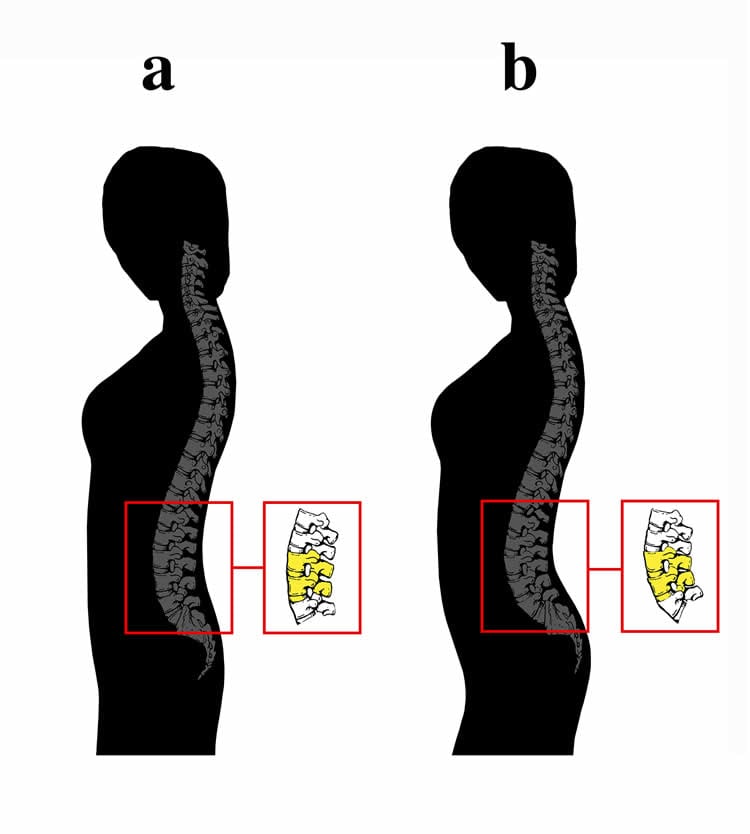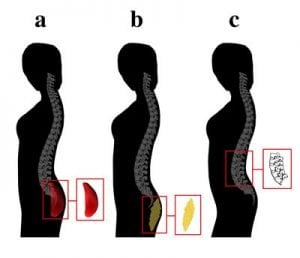A psychology study from The University of Texas at Austin sheds new light on today’s standards of beauty, attributing modern men’s preferences for women with a curvy backside to prehistoric influences.
The study, published online in Evolution and Human Behavior, investigated men’s mate preference for women with a “theoretically optimal angle of lumbar curvature,” a 45.5 degree curve from back to buttocks allowing ancestral women to better support, provide for, and carry out multiple pregnancies.
“What’s fascinating about this research is that it is yet another scientific illustration of a close fit between a sex-differentiated feature of human morphology — in this case lumbar curvature — and an evolved standard of attractiveness,” said the study’s co-author David Buss, a UT Austin psychology professor. “This adds to a growing body of evidence that beauty is not entirely arbitrary, or ‘in the eyes of the beholder’ as many in mainstream social science believed, but rather has a coherent adaptive logic.”

This research, led by UT Austin alumnus and Bilkent University psychologist David Lewis, consisted of two studies. The first looked at vertebral wedging, an underlying spinal feature that can influence the actual curve in women’s lower backs.
About 100 men rated the attractiveness of several manipulated images displaying spinal curves ranging across the natural spectrum. Men were most attracted to images of women exhibiting the hypothesized optimum of 45 degrees of lumbar curvature.
“This spinal structure would have enabled pregnant women to balance their weight over the hips,” Lewis said. “These women would have been more effective at foraging during pregnancy and less likely to suffer spinal injuries. In turn, men who preferred these women would have had mates who were better able to provide for fetus and offspring, and who would have been able to carry out multiple pregnancies without injury.”
The second study addressed the question of whether men prefer this angle because it reflects larger buttocks, or whether it really can be attributed to the angle in the spine itself.
Approximately 200 men were presented with groups of images of women with differing buttock size and vertebral wedging, but maintaining a 45.5-degree curve. Men consistently preferred women whose spinal curvature was closer to optimum regardless of buttock size.
“This enabled us to conclusively show that men prefer women who exhibit specific angles of spinal curvature over buttock mass,” said the study’s co-author Eric Russell, a visiting researcher from UT Arlington.

This morphology and men’s psychological preference toward it have evolved over thousands of years, and they won’t disappear over night.
“This tight fit between evolutionary pressures and modern humans’ psychology, including our standards of attractiveness, highlights the usefulness that an evolutionary approach can have for expanding our knowledge not just of the natural sciences, but also the social sciences,” Lewis said.
About this psychology research
Contact: Rachel Griess – UT Austin
Source: UT Austin press release
Image Source: The image is adapted from UT Austin press release.
Original Research: Abstract for “Lumbar curvature: a previously undiscovered standard of attractiveness” by David M.G. Lewis, Eric M. Russell, Laith Al-Shawaf, and David M. Buss in Evolution and Human Behavior. Published online February 4 2015 doi:10.1016/j.evolhumbehav.2015.01.007






